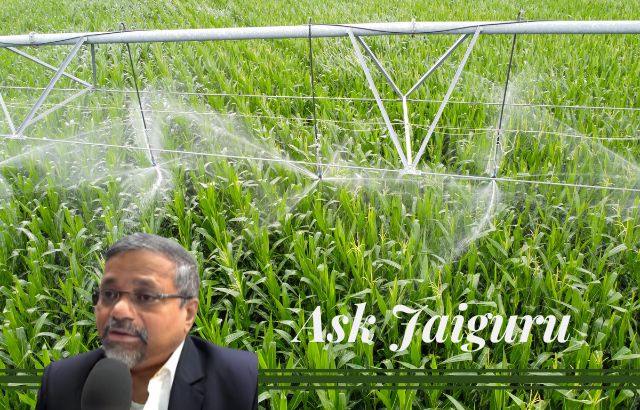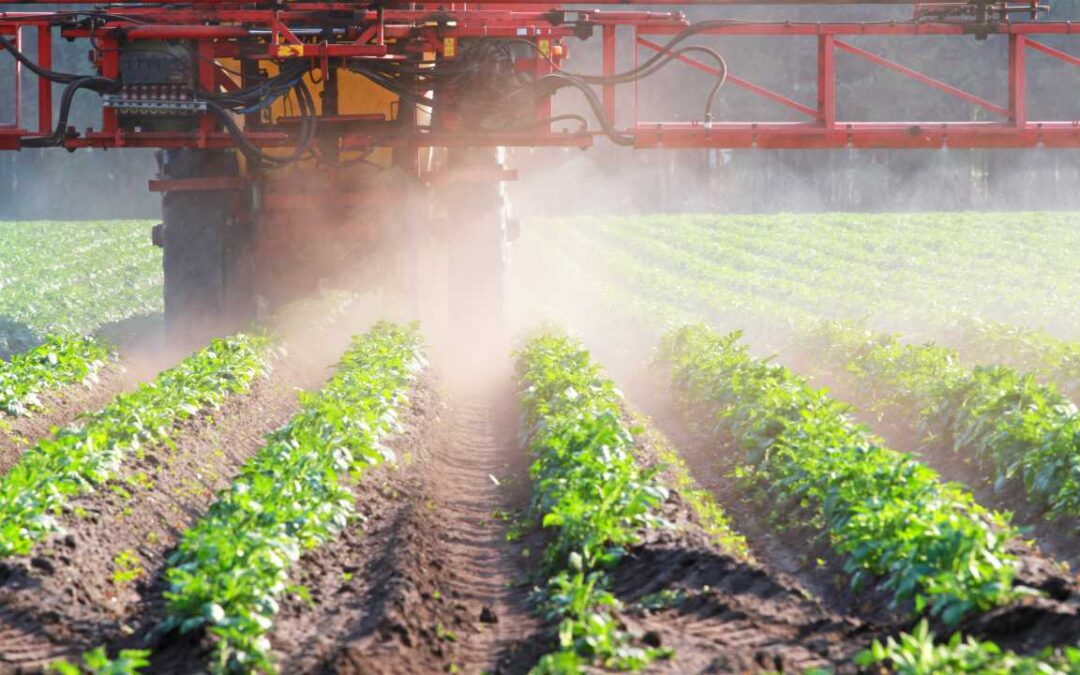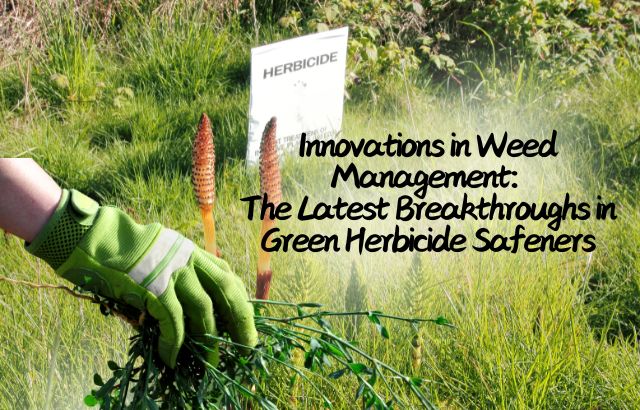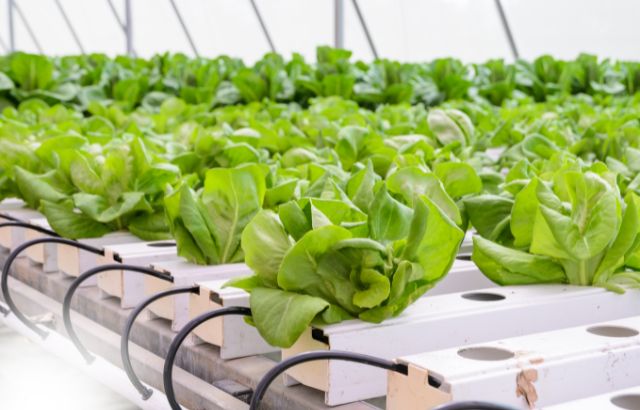The Green Revolution, a transformative period in global agriculture during the 1960s and 1970s, dramatically increased crop yields and ensured food security for millions. At its core, irrigation played a pivotal role in enabling the success of high-yielding variety (HYV) seeds, mechanized farming, and chemical inputs. This blog explores the critical role of irrigation, highlights the contributions of green innovators like Jaiguru Kadam, and provides intriguing statistics and calculations to underscore its impact.
The Green Revolution: A Brief Overview
The Green Revolution introduced modern agricultural techniques, including HYV seeds, chemical fertilizers, pesticides, and advanced irrigation systems. Spearheaded by scientists like Norman Borlaug and M.S. Swaminathan, it transformed countries like India, Mexico, and the Philippines from food-scarce to self-sufficient. Irrigation was the backbone of this revolution, ensuring consistent water supply for water-intensive crops like rice and wheat.
The Vital Role of Irrigation
Irrigation enabled year-round farming by reducing dependency on erratic monsoons. Major projects like India’s Bhakra-Nangal Dam and canal systems in Punjab provided reliable water, boosting crop yields. For instance, HYV rice required 350–600 gallons of water per pound of grain, making irrigation essential. Tube wells and drip irrigation systems further enhanced efficiency, though they raised concerns about groundwater depletion.
Example 1: Punjab’s Transformation
In Punjab, India, the Green Revolution led to a 70% increase in food grain production by 1970, largely due to irrigation infrastructure like the Bhakra Canal. This canal irrigated 10 million acres across Punjab, Haryana, and Rajasthan, enabling double-cropping of wheat and rice. Farmers’ incomes rose by over 70%, turning Punjab into India’s breadbasket.
Example 2: Mexico’s Irrigation Success
Mexico, a pioneer of the Green Revolution, expanded irrigated land by 50% between 1940 and 1960. This facilitated the adoption of HYV wheat, increasing yields by 44% from 1965 to 2010. The reliable water supply from irrigation schemes supported large-scale farming, reducing Mexico’s dependence on food imports.
Green Innovators: Driving Sustainable Change
Green innovators like Jaiguru Kadam have been instrumental in advancing sustainable agriculture. Kadam, a renowned agricultural strategist, focuses on eco-friendly solutions such as green solvents and biopesticides, reducing the environmental impact of farming while maintaining productivity.
Roles of Green Innovators

- Developing Sustainable Inputs: Innovators like Kadam promote bio-based solvents and fertilizers, reducing toxicity by up to 80% compared to traditional chemicals.
- Precision Farming: They integrate IoT sensors and data analytics to optimize water and nutrient use, enhancing irrigation efficiency.
- Community Engagement: Through projects like the EcoHub, innovators educate farmers on sustainable practices, such as rainwater harvesting and micro-irrigation.
- Policy Advocacy: Green innovators collaborate with governments to promote policies for sustainable irrigation and crop diversification.
Calculations by Jaiguru Kadam
Jaiguru Kadam has developed models to assess irrigation efficiency. Below are two sample calculations:
Calculation 1: Water Savings with Drip Irrigation
Scenario: A 10-hectare rice farm uses flood irrigation, requiring 12,000 cubic meters of water per hectare annually. Drip irrigation reduces water use by 40%.
Formula: Water Saved = Total Water Use × Reduction Percentage
Calculation: 10 hectares × 12,000 m³/ha × 0.4 = 48,000 m³
Result: Drip irrigation saves 48,000 cubic meters of water annually, preserving groundwater and reducing costs.
Calculation 2: Yield Increase with Precision Irrigation
Scenario: A wheat farm with traditional irrigation yields 4 tons/ha. Precision irrigation increases yield by 25%.
Formula: New Yield = Original Yield × (1 + Increase Percentage)
Calculation: 4 tons/ha × 1.25 = 5 tons/ha
Result: Precision irrigation boosts yield to 5 tons/ha, enhancing farmer income by 25%.
Intriguing Statistics
- India’s net irrigated area grew from 30 million hectares in 1960 to over 70 million hectares by 2020, largely due to Green Revolution initiatives.
- Punjab’s groundwater levels are dropping at 20 inches per year due to overexploitation for rice cultivation.
- HYV seeds increased wheat yields in India from 0.8 tons/ha in 1960 to 2.8 tons/ha by 2000.
- Globally, the Green Revolution prevented an estimated 223 million additional people from facing hunger by 2010.
- 80% of Punjab’s water resources are used for agriculture, with 75% allocated to rice alone.
Frequently Asked Questions (FAQs)

What was the Green Revolution?
The Green Revolution was a period in the 1960s and 1970s when modern agricultural techniques, including HYV seeds, fertilizers, and irrigation, significantly increased crop yields.
Why was irrigation critical to the Green Revolution?
Irrigation ensured a consistent water supply for water-intensive HYV crops, enabling double-cropping and reducing reliance on monsoons.
What are the environmental challenges of the Green Revolution?
Overuse of irrigation led to groundwater depletion, soil degradation, and water pollution from fertilizer runoff.
How do green innovators like Jaiguru Kadam contribute?
They develop sustainable solutions like green solvents, precision irrigation, and community-driven projects to reduce environmental impact.
What is the future of irrigation in agriculture?
The focus is shifting to sustainable practices like micro-irrigation, rainwater harvesting, and solar-powered systems to address water scarcity.
Conclusion

Irrigation was the cornerstone of the Green Revolution, enabling unprecedented agricultural productivity. However, its environmental costs highlight the need for sustainable practices. Green innovators like Jaiguru Kadam are leading the charge toward a second Green Revolution, balancing productivity with ecological preservation. By adopting efficient irrigation and eco-friendly inputs, we can continue harvesting prosperity for future generations.











